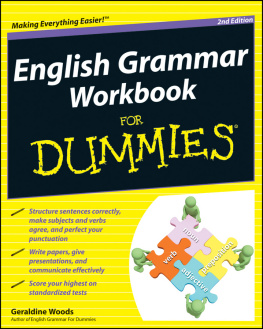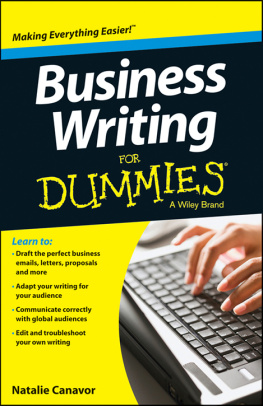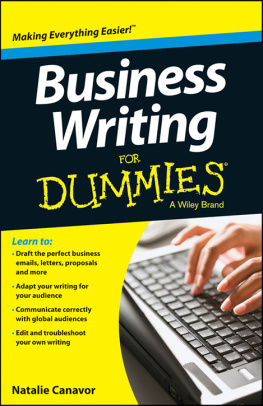The Oxford Guide to
Effective Writing
and Speaking
The Oxford Guide to
Effective Writing
and Speaking
How to communicate clearly
Third Edition
John Seely


Great Clarendon Street, Oxford, OX2 6DP,
United Kingdom
Oxford University Press is a department of the University of Oxford.
It furthers the Universitys objective of excellence in research, scholarship,
and education by publishing worldwide. Oxford is a registered trade mark of
Oxford University Press in the UK and in certain other countries
John Seely 1998, 2005, 2013
The moral rights of the author have been asserted
First edition 1998
First published in paperback 2000
Second edition published 2005
Third edition published 2013
Impression: 1
All rights reserved. No part of this publication may be reproduced, stored in a retrieval system, or transmitted, in any form or by any means, without the prior permission in writing of Oxford University Press, or as expressly permitted by law, by licence or under terms agreed with the appropriate reprographics rights organization. Enquiries concerning reproduction outside the scope of the above should be sent to the Rights Department, Oxford University Press, at the address above
You must not circulate this work in any other form
and you must impose this same condition on any acquirer
Published in the United States of America by Oxford University Press
198 Madison Avenue, New York, NY 10016, United States of America
British Library Cataloguing in Publication Data
Data available
ISBN 9780199652709
Printed in Great Britain by
Ashford Colour Press Ltd, Gosport, Hampshire

Preface to first edition
A book like this, which covers a wide range of topics, has to draw on the knowledge and experience of many different advisers. I have been fortunate to receive the help of readers who have given great time and care to commenting on early drafts of the manuscript and advising how it might be improved. In particular, I should like to thank Brigid Avison, Alison Baverstock, Tim Cracknell, David Elsmore, Jacky Hart, Caroline Hartnell, Andrew Heron, and Samantha Manning in the UK, while Dr Nelson Ong of New York offered an American perspective. They will probably recognize where their advice and comments have produced changes in the final text. For this I am deeply grateful, but, of course, the final responsibility is my own.
I should like to thank the staff at Oxford University Press who have patiently supported this project, in particular Kate Wandless and Kendall Clarke, for their encouragement and advice.
Closer to home, Katherine and Timothy Seely gave excellent and critical consumers comments, especially about the communication needs of students and those seeking and gaining their first jobs. (I knew those long years of parenting would pay off eventually!) My debt to my wife, Elizabeth, is immeasurable. Although we have both worked as writers and editors for many years, I can only say that this time I was even more vague and abstracted than usual, but she bore it with great good humour. As ever, she read the manuscript with a critical eye and made many trenchant and invaluable comments, and it is with gratitude that this book is dedicated to her.
Preface to second edition
I have taken the opportunity of this new edition to make a number of changes. I have added a new chapter on emails, and have made extensive revisions to the chapter on job applications reflecting current practice. In addition, there are numerous small changes throughout the book designed to bring the text up to date.
Preface to third edition
In the revisions and additions for this edition I have focused on two areas in particular. The use of digital media for both informal and formal communication has taken over much of the territory where print media once held sway. This edition aims to reflect these developments, especially in , with the aim of providing a more thorough and, I hope, realistic perspective on the processes of writing. Elsewhere, numerous changes have been made to update advice and examples.
Contents
At times the process of communicating with other people in speech or writing can seem straightforward and simple. At other times we may find it difficult and complicated. The Oxford Guide to Effective Writing and Speaking is organized so that readers can look at writing and speaking in four different ways. Three of them are shown in the diagram below:

At one end we have the speaker (or writer), with ideas to communicate. At the other is the audiencethe people who are waiting to receive the speakers message. In between are three screens through which the message has to pass. Each of these screens corresponds to a major section in this book.
Situation

Before we can begin to frame our message effectively we have to consider the situation within which we are communicating. In particular we have to find answers to these questions:
What?
Exactly what is my subject matter?
Who?
With whom do I wish to communicate?
Why?
What is my purpose in communicating?
When and where?
Are there features about the place and time which affect how I should write or speak?
How?
What type of communication am I aiming atnarration? description? exposition? argument?
These five questions are the subject matter of section B, Getting the message across.
Format
The format is the particular type of communication demanded by the situation.

In , Communicating in everyday life, we look at the most important formats in which people may have to communicate:
2 Business letters
3 E-writing
4 Job applications
5 Organizing a meeting
6 Presentations
7 Reports
8 Essays, papers, and dissertations
9 The media
Language
None of this is any use, of course, unless we have a good control over the medium of communication: the English language.

, Communication Tools, provides guidance on:
15 Talking about English
The different ways in which it is possible to describe the language.
Next page

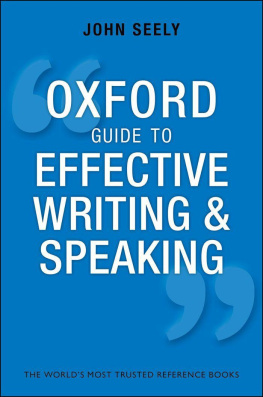
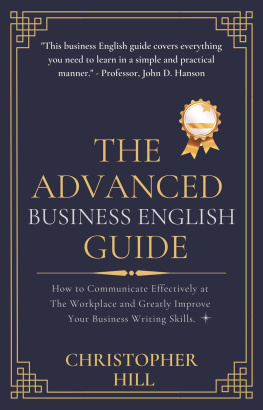


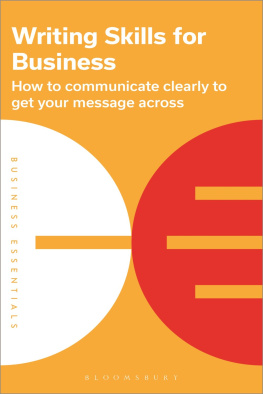
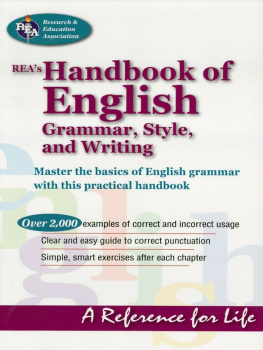
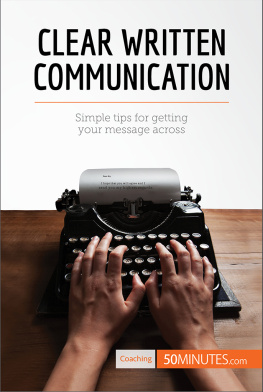
![Bhattacharjee Sudakshina - Improve your global business english: [the essential toolkit for writing and communicating across borders]](/uploads/posts/book/205847/thumbs/bhattacharjee-sudakshina-improve-your-global.jpg)
